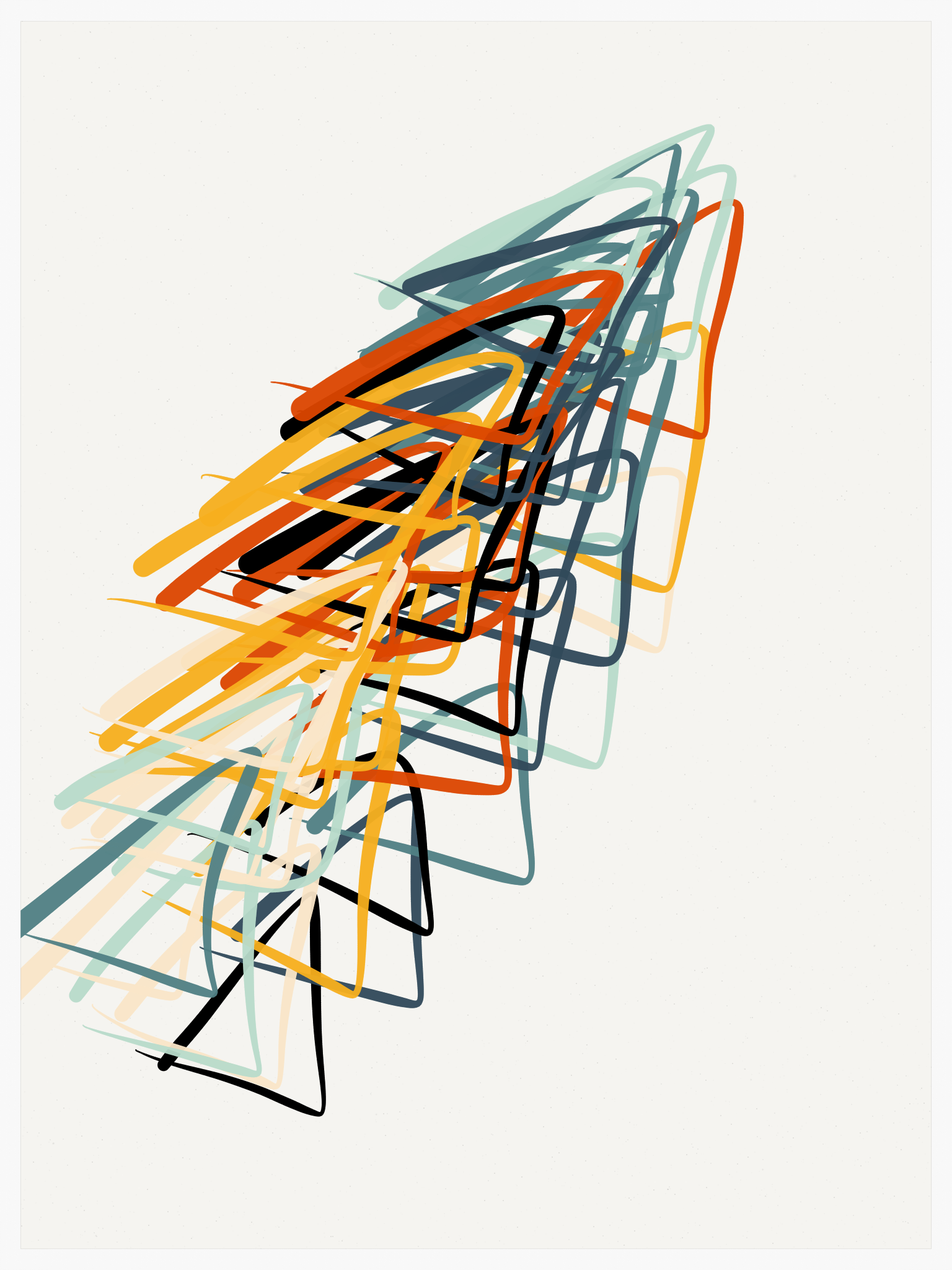I recently attended a professional development workshop with one of my most important and influential teachers, a woman by the name of Aliza Stewart. Aliza is a master Feldenkrais Method® teacher. I first came to know her in 2002, when I enrolled in a Professional Feldenkrais Training Program. It so happened that I joined the program late, and needed to do some private study in order to catch up. Aliza, who was the Assistant Trainer for the four-year training program, was to be my mentor.
My mentorship officially began with a question. Aliza sat down, looked me in the eye for a moment, then said, "Andrea, will you tell me please, what is it that you most want?" Not, what do you most want to learn? Not, what do you most want out of this experience? Not even, what do you most want to learn from the study of the Feldenkrais Method? It was simply, directly, "what is it that you most want?" It was a powerful question. It was a powerful moment. I invite you to take a moment here and now to answer:
What is it that you most want?
That moment with Aliza has stayed with me through the years. I have recently come to the realization that a sincere and thoughtful answer to this question can serve to illuminate the length of the divide between where we presently stand, and how far we perceive ourselves to be from where we wish to stand. A question we ask through the study of movement in the Feldenkrais Method is, how do we bridge the divide?
Lengthening was the subject and strategy of the recent 2015 training I attended with Aliza. I have done many Feldenkrais lessons over the years that leave one with a somatic experience of length, and others that use the strategy of lengthening to heighten awareness of possibility and the potential for personal transformation. I had never, however, considered the way in which lengthening can teach us something about creating the internal conditions that potentiate what we most want.
When I asked you to answer Aliza's question moments ago, perhaps you paused for a moment to think. It is likely that this thinking process produced an internal dialog. But did you feel anything? Were you able to connect the wants of your mind with the felt experience of the body?
The Feldenkrais Method, which is named for the scientist turned educator, Moshe Feldenkrais, teaches how thinking is deeply rooted within both mind and body, and in fact that mind and body are one unified system of thought and action. What we want, and what we believe to be possible (or impossible, for that matter) is directly related to our somatic experience, which in turn defines the boundaries of our self-image. A product of our habits of movement and of mind, our self-image can become locked into a narrowly-sensed perspective. When this happens, although we may shift from place to place and experience to experience, we do not grow.
What I came to realize in Aliza's workshop was that because lengthening on a somatic level develops out of a place where one is already grounded and supported (even if through habit), it can serve as a metaphor for the kind of growth that can lead to change. With growth, lengthening becomes a choice to move away from habits. Whether lengthening leads one to take up a new stand in a new place, or remain rooted on a familiar spot does not matter, because if the inner landscape changes the self-image will break open to new internal vistas. A new sense of possibility will emerge out of the sensed experience.
As you continue to think about what it is that you most want, I invite you to consider the place you stand now not as a starting point to move away from, as a runner moves away from the starting block. Instead think of it as an essential place from which to measure and monitor your internal sense of growth. As you learn to lengthen from within, don't be surprised if what you most want comes into reach. After all, how else does a mind reach, if not with the body in which it lives?
Want to read more about the kind of growth that leads to change? You might enjoy reading this article next: Embodied in Taiko
ABOUT THE INDIVIDUALS NAMED IN THIS ARTICLE
Andrea Higgins, Director of Kinesthetic Edge and author of this blog post, is a Feldenkrais Method practitioner based in Walpole, MA. Learn more about her programs and publications by visiting www.KinEdge.com.
Aliza Stewart is a Feldenkrais Practitioner/Trainer/Mentor who teaches internationally. She is also a trained concert pianist and has developed workshops focusing on the needs of musicians. For more information about Aliza, please visit her website: http://www.alizastewart.com
ART WORK
By Andrea Higgins
SERVICE MARKS
Feldenkrais Method® and Awareness Through Movement® are registered service marks of the Feldenkrais Guild® of North America.
COPYRIGHT

How Does a Mind Reach? by Andrea Higgins is licensed under a Creative Commons Attribution-ShareAlike 4.0 International License.


